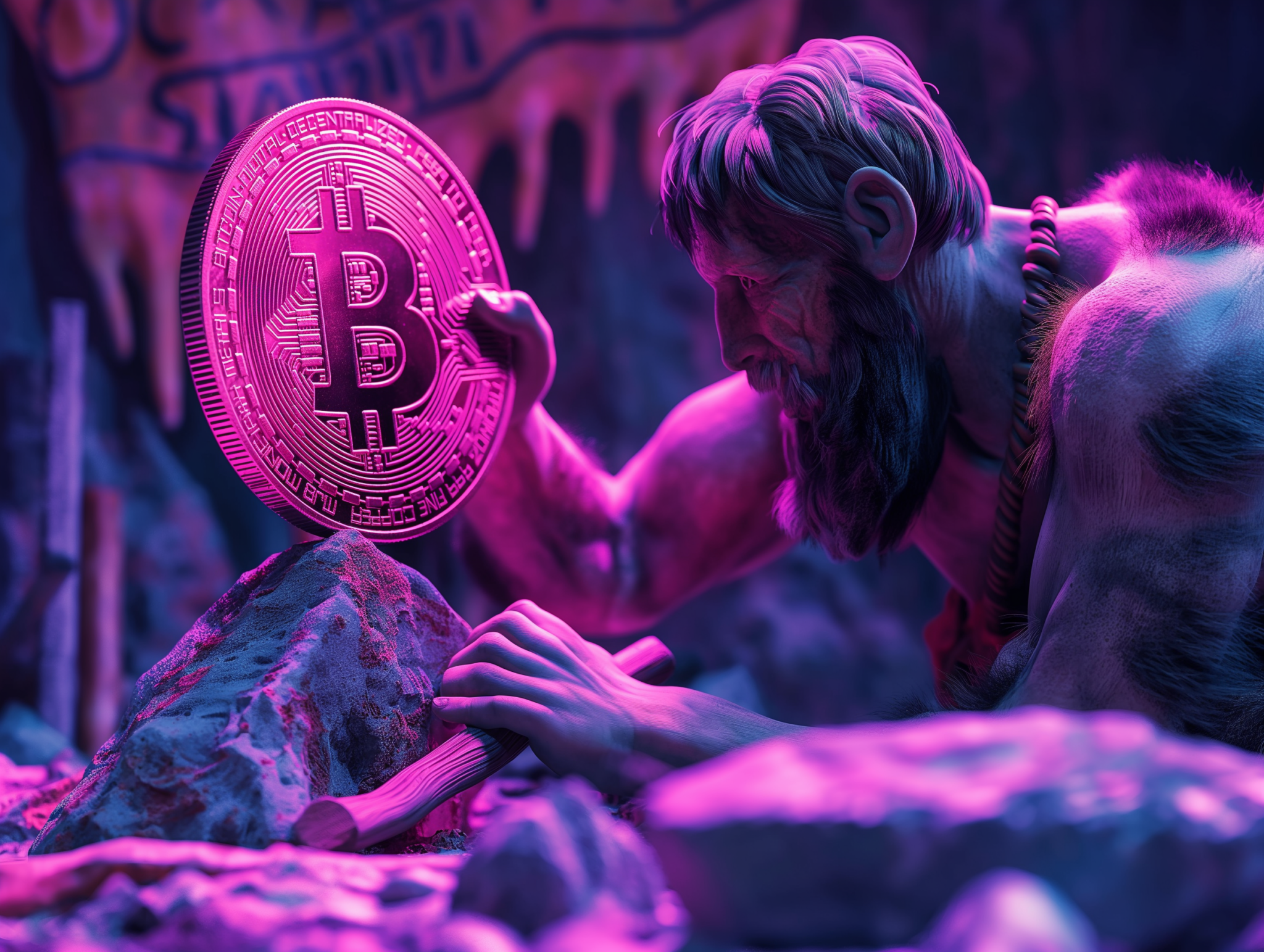The cryptocurrency world is characterized by rapid pace, high volatility, and the ever-evolving market dynamics. In this bustling environment, market makers are crucial for the smooth functioning of crypto exchanges. By providing liquidity and stability, they significantly enhance the trading experience for all participants. This article explores the intricacies of market makers, detailing their roles, importance, and impact on the cryptocurrency ecosystem.
What Are Market Makers?
Market makers are typically specialized firms or entities that provide liquidity and ensure smooth and efficient trading by continuously offering to buy (bid) and sell (ask) a particular asset. By placing both buy and sell orders, market makers create a market for the asset, ensuring that traders can always find someone to trade with. Thus, they prevent large price swings that could result from an imbalance of supply and demand.
Market makers earn profits from the spread, which is the difference between the buy and sell prices. This spread compensates them for the risk they take by holding asset inventories and providing liquidity to the market. Additionally, by maintaining a balance of buy and sell orders, market makers help reduce volatility, providing a more stable trading environment for all participants. This function is essential in less liquid markets, where the presence of market makers can significantly enhance trading activity and price discovery.
The Importance of Market Makers in Crypto Exchanges
Enhancing Liquidity
Liquidity measures how easily an asset can be bought or sold in the market without affecting its price. High liquidity is crucial in cryptocurrency markets as it allows for the swift execution of large orders without significant price fluctuations. Market makers enhance liquidity by consistently providing buy and sell orders, thus reducing the gap between the highest bid and the lowest ask prices. This creates a more stable and efficient market, benefiting all traders.
Reducing Volatility
Cryptocurrency markets are known for their high volatility, which can be both an opportunity and a risk for traders. Market makers help mitigate this volatility by ensuring that buy and sell orders are always available. By maintaining a continuous presence in the market, they prevent extreme price swings due to sudden imbalances in supply and demand.
Improving Price Discovery
Price discovery is the process by which the market determines the price of an asset. In a highly liquid market with active market makers, the price of a cryptocurrency more accurately reflects its true market value. Market makers facilitate this process by providing constant price quotations based on their supply and demand assessment, helping the market arrive at a fair price.
How Market Makers Operate
Bid-Ask Spread
The primary mechanism through which market makers operate is the bid-ask spread. The bid price is the highest price a buyer is willing to pay for an asset, while the asking price is the lowest price a seller is willing to accept. Market makers place both bid and ask orders for a particular cryptocurrency, with the difference between these prices being the spread. They profit from this spread while providing liquidity to the market.
For example, if a market maker sets a bid price of $50,000 for Bitcoin and an ask price of $50,100, the spread is $100. When a trader buys Bitcoin from the market maker at $50,100, and another sells to the market maker at $50,000, the market maker earns the $100 spread.
Inventory Management
Effective inventory management is crucial for market makers. They need to balance the cryptocurrencies they hold and the orders they place to ensure they can meet market demand. If a market maker holds too much of a particular asset, they risk significant losses if the price drops. Conversely, if they hold more, they may be able to fulfill buy orders, affecting their profitability and reliability.
Many market makers use sophisticated algorithms and risk management strategies to monitor and adjust their inventories in real time, although some smaller market makers might use more manual methods.
Arbitrage Opportunities
Market makers often arbitrage, exploiting price differences between markets or exchanges. For instance, if Bitcoin is priced lower on one exchange than another, a market maker can buy it on the cheaper exchange and sell it on the more expensive one, pocketing the difference. Arbitrage helps to equalize prices across different platforms, contributing to market efficiency.
The Impact of Market Makers on the Crypto Ecosystem
Enhanced Trading Experience
Market makers significantly enhance the trading experience for participants in the cryptocurrency market. By providing constant liquidity, they ensure that traders can execute their orders quickly and at predictable prices. This is particularly important for large traders, such as institutional investors, who require the ability to enter and exit positions without causing significant price movements.
Support for New Cryptocurrencies
Newly launched cryptocurrencies often need more liquidity and high volatility, making it challenging for traders to buy and sell them. Market makers can support these new assets by providing liquidity from the outset, stabilizing their prices, and making them more attractive to traders. This support can be crucial for the success and adoption of new cryptocurrencies.
Promoting Market Stability
Market makers promote overall market stability by reducing volatility and ensuring continuous trading activity. Stable markets attract more participants, including institutional investors who might otherwise be wary of the high volatility typically associated with cryptocurrencies. Increased participation, in turn, enhances market depth and liquidity, creating a positive feedback loop that benefits all market participants.
Challenges Faced by Market Makers
High Risk and Volatility
Despite their crucial role, market makers face significant risks due to the inherent volatility of cryptocurrency markets. Sudden price movements can result in substantial losses, particularly if a market maker holds a large inventory of an asset that experiences a sharp decline in value. To mitigate these risks, market makers employ advanced risk management techniques and algorithms to quickly adapt to changing market conditions.
Regulatory Uncertainty
The regulatory landscape for cryptocurrencies is still evolving, with different jurisdictions adopting varying approaches to regulation. Market makers must navigate this complex environment, ensuring compliance with local laws and regulations. Regulatory uncertainty can create challenges for market makers, mainly when operating across multiple jurisdictions with differing requirements.
Technological Challenges
Operating as a market maker requires sophisticated technology and infrastructure to manage orders, execute trades, and monitor market conditions in real time. This involves significant technological investment and ongoing maintenance to ensure systems remain robust and secure. Additionally, market makers must stay abreast of technological advancements and emerging trends in the cryptocurrency space to maintain their competitive edge.
The Future of Market Making in Cryptocurrency
Algorithmic and High-Frequency Trading
The future of market-making in cryptocurrency is likely to be increasingly dominated by algorithmic and high-frequency trading. These advanced trading strategies rely on complex algorithms and powerful computing resources to execute trades at lightning-fast speeds. Algorithmic trading can enhance market efficiency by reacting to market changes faster than human traders, stabilizing prices, and improving liquidity.
Integration with Decentralized Finance (DeFi)
Decentralized finance (DeFi) is revolutionizing the financial landscape, and market making is no exception. Automated market makers (AMMs), a key component of DeFi, use smart contracts to facilitate trading and provide liquidity on decentralized exchanges (DEXs). Unlike traditional market makers, AMMs rely on liquidity pools funded by users, offering a more decentralized and community-driven approach to liquidity provision. The integration of market-making with DeFi platforms will likely continue growing, offering new opportunities and challenges for market participants.
Institutional Participation
Increasing institutional participation is expected to drive demand for professional market-making services as the cryptocurrency market matures. Institutions require reliable liquidity and stable markets to support their trading activities, creating opportunities for market makers to cater to this growing segment. The entry of institutional players is also likely to spur further regulatory developments, potentially leading to a more structured and secure market environment.
Conclusion
Market makers are vital to the operation of cryptocurrency exchanges, providing the liquidity and stability essential for efficient trading. By understanding their role and impact, traders can better navigate cryptocurrency’s complex and dynamic world. As the market evolves, market makers will remain at the forefront, driving innovation and fostering the growth and maturity of the cryptocurrency ecosystem. Whether through traditional methods or the adoption of new technologies and decentralized approaches, the role of market makers will continue to be pivotal in shaping the future of cryptocurrency trading.


















